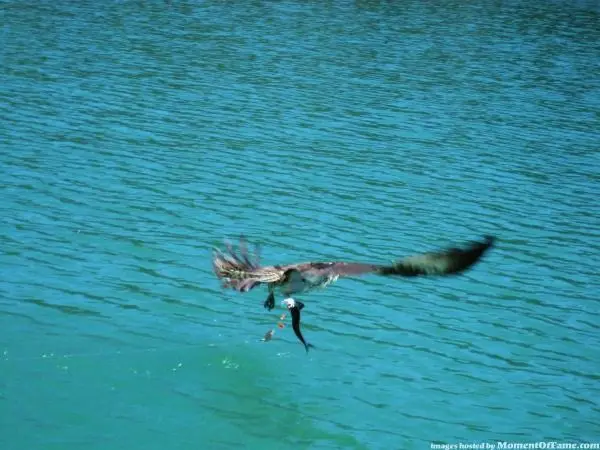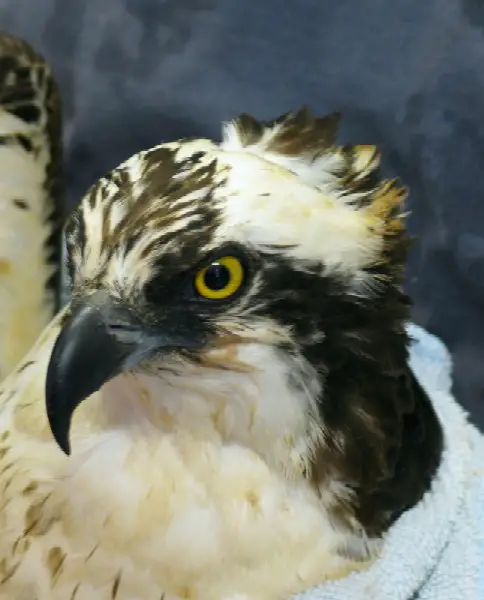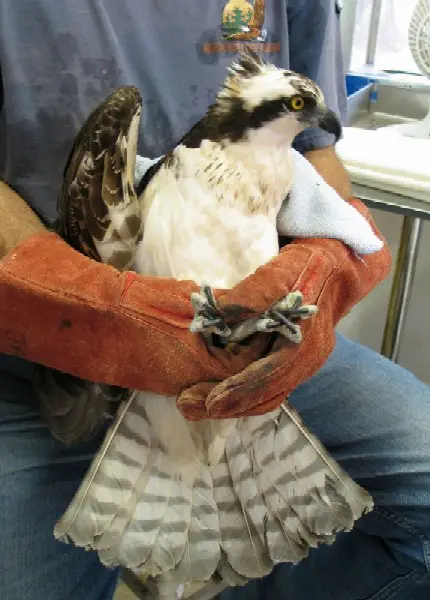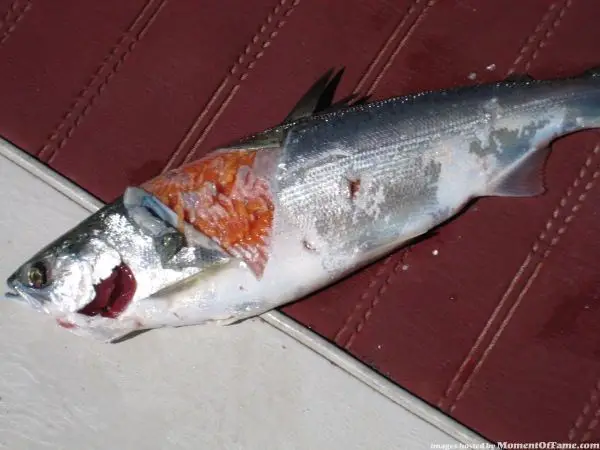Search
Latest Articles
Spring and Summer Pursuit of Kokanee: Ospreys Facilitate
by Gary Gordon, June 02, 2019
A few moons ago I had the privilege of learning how to properly fight and land kokanee. The teachers? Two ospreys.
These ospreys likely did not know each other. The first I helped save its life. The second osprey still puts kokanee on my table.
I suppose I should start at the beginning.
I had received a call one Thursday from my local raptor rescue and rehabilitation center. A young female osprey had been rescued a few days earlier at a local lake. It had just been sitting on a rock for days with some soft tissue injury that it had suffered and could not fly, which meant it could not feed. Ospreys need 1-2 fish per day, and this bird was doomed unless rescued. As it was explained to me, the rescue folks only had enough fish to make it a few days. And it had to be whole kokanee – the guts provided essential nutrients.
I had been chatting with a few of my friends, and we were all thinking of getting together for a fun kokanee fishing day. So I sent the word out about this ailing osprey and that it needed whole kokanee.
In the various emails and other media, the bird of the hour’s photo was added to the invite:
Friends started calling friends and just about overnight we had promise of a very large flotilla of boats and fisher people who were going to donate their catch for this cause. I began to think that this osprey had a legitimate fighting chance to be released back into the wild. The day was Saturday, less than 48 hours after I had been notified of the ailing bird.
And what a day it turned out to be. The flotilla arrived early and set about its task with purpose. I was inspired at the number of children that were involved as well. The usual barkings on channel 69 kept us all entertained. The fishing was a bit hit and miss or, as some call it, too may LDRs (“long distance releases”). The kokes were deep and somewhat elusive, and I was beginning to wonder if this was going to work out.
The reservoir had its own healthy population of ospreys. The shoreline covered 75 miles and the reservoir had been a great kokanee hot spot for years. The more ospreys - the more kokanee, right?
Not too far from where I was I saw a young boy get hooked up, and the fight was on. Suddenly an osprey dives down out of nowhere and gets the hooked fish and starts to fly off – with the fish, the lure and the dodger still attached to the fishing line. This young lad is now fighting the osprey who stole his kokanee. Here is a photo of that osprey with the lure and the dodger and the fish and the fishing line.
Most certainly it was exciting for all involved – including the osprey. And it seemed ironic that one had to fight an osprey for a fish to be given to another osprey.
Could this adventure have been avoided?
I began to study how most fishermen fought the good fight to get the kokanee in the boat instead of experiencing one of the LDRs. Here is what I observed. When the koke was hooked, the fisherman would stand at the back of the boat and hold the rod up in the air at about 10 or 11 o’clock. Reeling it in and the causing a nice bend in the ultralight rod made it appear that all was well with the hookup. That is exactly what this young lad did. And then I thought about it. The line is now some 10 feet in the air at an angle back to the fish. Standing in that position and with the rod in the air led me to conclude that was the way to try and pull the kokanee out of the water. Not good. Particularly early in the season, kokanee have relatively soft mouths – which means not much effort is needed for the hooks to come out, and the fish swims away. And most dodgers have a tendency to rocket to the surface when the kokanee is hooked. The water’s surface tension reflexes against that dodger and thus creates a fulcrum point for the fish to use as leverage to get unhooked. So the ideal goal is to keep the fish and the dodger in the water below the surface. And the reason why the osprey could take a “swipe” at the fish was because it was being fought on the surface of the water.
The solution? Once I hook up and eliminate the line slack, I turn sideways to the fish, forming a 90 degree angle between the fish and my rod. I then lower my rod tip to the water and work the fish by keeping sideways pressure on the fish at all times. When I bend the rod away from the fish I know what the fish is doing as I can feel it. As the fish gives way I continue taking in line while keeping that rod bent a bit and keeping that line pressure on. This helps keep the fish in the water until I can get it in the net. The result is far less LDRs. The idea is to learn something new about kokanee fishing every time you are on the water. It is a technique I have used for years and it really works.
So back to our project bird. The later bite turned on for the patient, and as a result we took in 80 whole kokanee. They were packaged and vacuum sealed and turned over to the rehab that evening. I had called and had the rehab worker meet me there, but I did not tell her how many we had to give. When I arrived she said she would be with me in a minute as she was putting eye drops in one of the owls they are nursing back to health.
I had her help me bring the kokes in to the freezer. You should have seen the joy welling up inside her. She could not believe how many we had, or how it could have been accomplished so quickly - literally a matter of days. I simply explained to her that kokanee fishermen/women/kids are some of the very most special and caring sportsmen there are who care so very much about all of our natural resources - and that includes not only our fish, but our waters, all the fauna and flora, the beauty of the land, and the people that inhabit it. And I also told her that we do not sit idly by and let others fill the need.
She told me with confidence that with this donation our project bird will make it for sure. She said she might even give the golden eagle in their rehab one of the kokes. But she also said that they get about 2 or 3 osprey per year, and the need for whole fish is ongoing. That sure gave me some insight into the efforts of these volunteers. While this donation would seem large, it looks like it will be enough to take care of just this one bird.
I kept track of the rehab for our osprey, and slowly it mended. The rehab center properly exercised the bird, and finally the day came to see if the bird would fly. And away it went. The donated fish had given this female osprey a second chance at freedom. And I had learned a valuable lesson.
By Gary S. Gordon, owner Fish With Gary Tackle Co., Fish With Gary web site
© 2019 Gary S. Gordon



